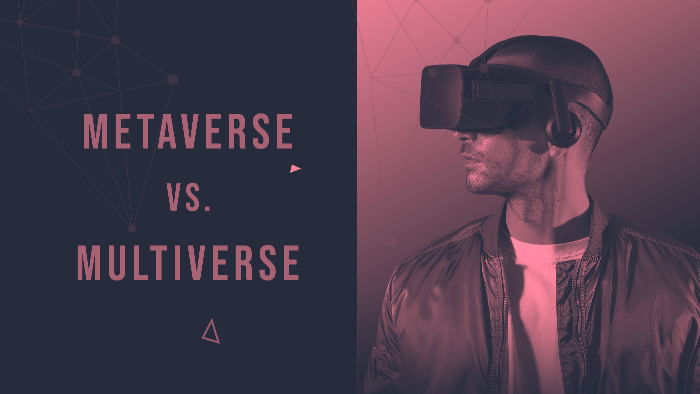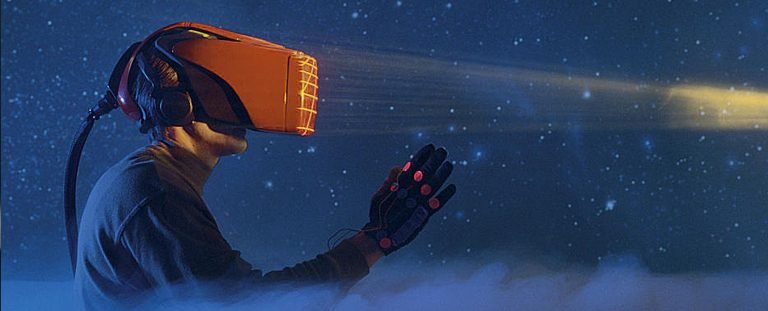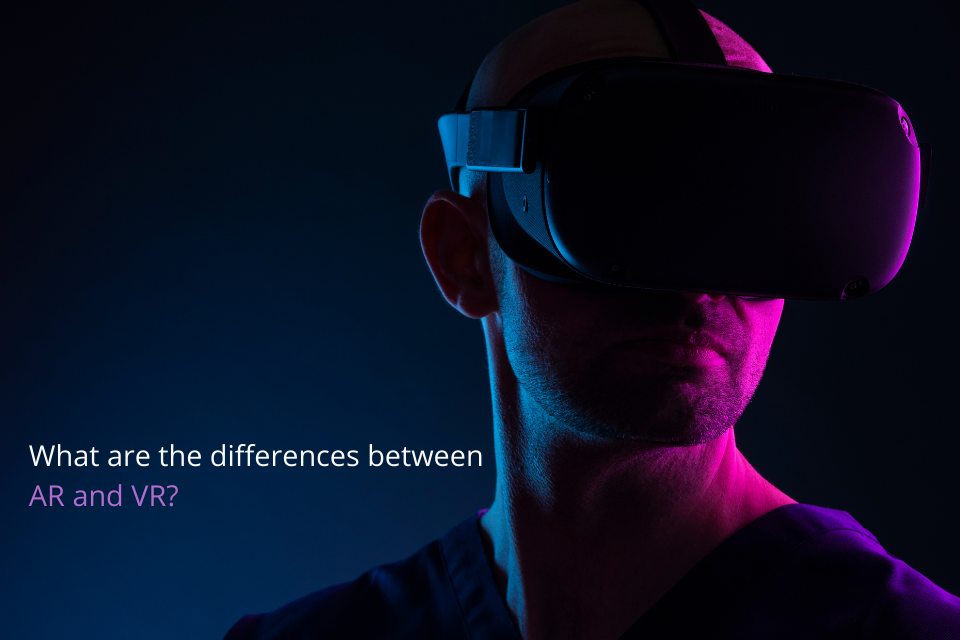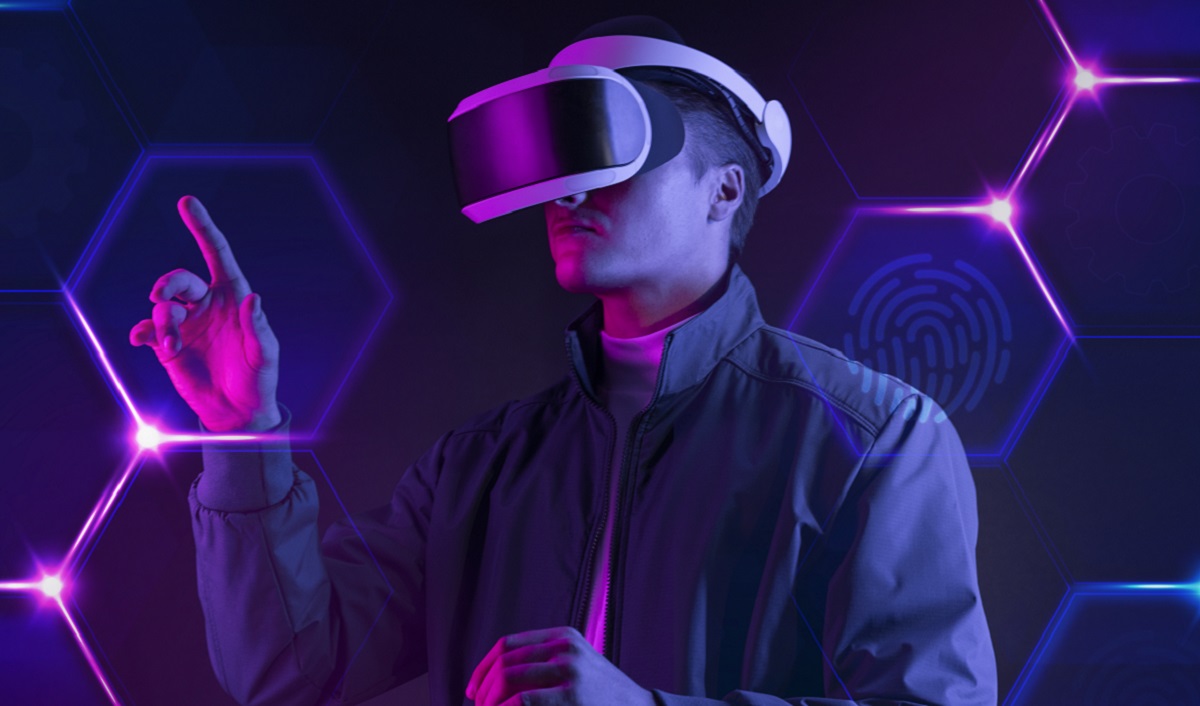Multiverse Vs Metaverse: Which is the Future of Virtual Reality?

As virtual reality technology advances, many wonder if the metaverse vs multiverse will be the ultimate VR future. If you haven’t heard of either of these terms, don’t worry. We’ll get to that in just a minute. First, let’s talk about some other virtual reality concepts and what they mean in the context of these two popular terms.
A short history of VR

VR has been a long-standing dream for many tech lovers. It goes back to a Russian physicist, Konstantin Tsiolkovsky, who was inspired by Jules Verne’s From the Earth to the Moon in 1895 and published his idea of space travel in 1903. It wasn’t until 1958 when Tom Burnette used a military flight simulator 1959 to create The Sensorama, an arcade machine that could send images and other senses directly into human brains, that we saw our first glimpse into what would become a virtual reality.
In 1968 Ivan Sutherland came up with his concept called The Sword of Damocles, a head-mounted display connected to an early computer and came with controls on both armrests. As technology progressed and advanced, more people began experimenting with this technology. There were multiple attempts to commercialize it, such as the Nintendo Virtual Boy in 1995, but it didn’t take off because of its red color and motion sickness-inducing gameplay.
The future of VR – The Metaverse

Imagine a place where you can talk to your friends in real-time, visit new places, go on adventures and watch 3D movies. The idea sounds lovely, but this place already exists. Welcome to the metaverse vs multiverse. It’s an interactive virtual reality with no constraints, a limitless world without limits where everything is possible.
Today, this reality is still just that- a figment of our imaginations, but thanks to rapid advancements in VR technology like the Oculus Rift and HTC Vive headsets, it won’t be long before we live in it. And when that day comes, there will undoubtedly be many versions of the metaverse. For some people, a high-tech office might do nicely as their digital home base, while others might prefer visiting tourist hotspots in France daily for lunchtime entertainment.
One thing for sure is that these realities will change what we see when we look up at the night sky. Stars and constellations may soon become meaningless; replaced by planets from distant galaxies, newly discovered black holes, and exploding stars beyond anything currently visible from Earth through telescopes. Some say this future will lead to the end of imagination; I’m afraid I have to disagree. There are so many possibilities out there waiting to be explored!
The future of VR – The Multiverse

We are still in the very early stages of virtual reality, but imagining what will happen as these technologies evolve is exciting. One primary consideration when debating which form of VR will become dominant is whether humans should be able to roam freely through an infinite world, as in a metaverse vs multiverse, or take on avatars that allow us to interact with others more intimately, as in a multiverse. There has been much debate on this subject, but human psychology and social connection seem better suited for the latter option.
The choice is ultimately up to those who want to create immersive worlds for others. It just depends on how you want your users to experience your virtual space. Do you want them to be able to move around at their leisure and get lost in an open world? Or do you want them interacting with other people within specific boundaries and taking control of avatars with different appearances?
The only thing left is figuring out how to simulate haptic feedback – we need new types of controllers that feel like they’re touching objects in the game, so something is happening. That’s where our current technology falls short – even though we can see things happening on screens all around us, we can’t feel anything without sensory stimulation. What kind of controller technology will exist for next-generation VR devices?
Differences between the two virtual reality technologies

The terms metaverse vs multiverse overlap in meaning, but they differ in a few key ways. The most apparent difference is that multiverses are contained inside one universe, and metaverses are open to other universes. But beyond that, there are also functional differences in what sorts of things happen inside these virtual environments. For example, metaverses offer more futuristic ways of interacting with objects or even real-world people in their vicinity than multiverses do.
Additionally, metaverse vs multiverse offer users much more opportunities for exploration than multiverses. One way to think about it is this: a multiverse could be compared to sitting down at your computer, opening up Google Earth, and exploring an area on Earth (albeit an infinite version). A metaverse would be like flying around in space while visiting multiple planets along the way (albeit all accessible from one location).
Conclusion
The future of virtual reality and what form it will take has been a topic of intense debate among futurists for decades. Some say virtual reality should be immersive and look as accurate as possible. Others say that advanced games are too complex for humans to process in real time and that increased processing power could render them unnecessary. Still, others say VR should be highly interactive and allow users to manipulate virtual objects with their hands.





